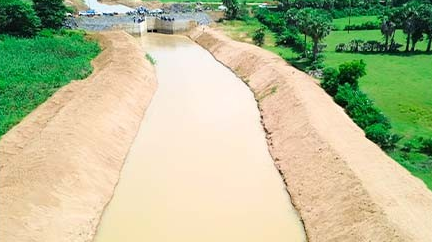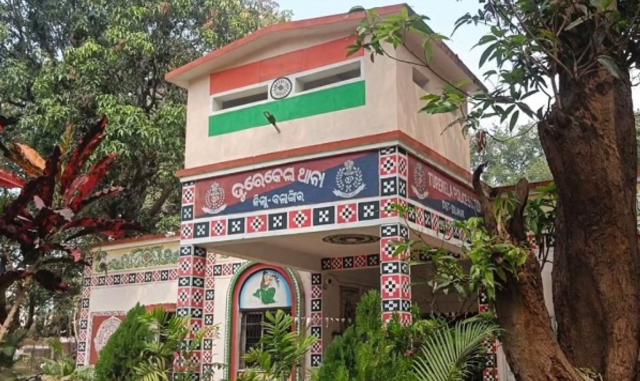The Government of Odisha has unveiled a groundbreaking intra-state river linking initiative, a ₹1790 crore endeavour led by the Department of Water Resources (DoWR) to tackle water scarcity, flooding, and agricultural challenges.
Set for completion between 2025-26 and 2029-30, this ambitious project connects surplus river basins with deficit regions, ensuring equitable access to water for irrigation, drinking, and industrial needs. By prioritising sustainability, minimal displacement, and climate resilience, Odisha is setting a new standard for water governance in India.
The initiative comprises six strategic pilot projects, each addressing specific water management challenges.
The Katra Link Project will establish a feeder channel from Kansapal ISS to enhance irrigation in drought-prone areas. The Hiradharbati Flood Flow Channel will redirect floodwaters to Chilika Lake, connecting en route Tamparas to mitigate downstream flooding. The Bahuda-Rushikulya Basin Link ensures drinking water security for Berhampur town and the Gopalpur SEZ.
The Vansadhara-Rushikulya Intra-link will divert water through Nandini Nalla to water-scarce regions, while the Ong-Suktel Garland Canal will rejuvenate 108 tanks and create 10,000 hectares of new irrigated land. Finally, the Telengiri-Upper Kolab PSP will expand irrigation and reservoir capacity, completing this comprehensive water network.
This initiative promises transformative benefits for Odisha. By creating additional water storage and reviving over 150 water bodies, it will mitigate drought impacts in arid regions like Bolangir and Ganjam. Flood control measures will protect vulnerable communities, while expanded irrigation will boost agricultural productivity.
Drinking water security for urban and industrial areas is a key focus, supported by real-time monitoring systems for adaptive resource management. The project’s emphasis on using existing infrastructure, such as underground pipelines, minimises displacement and environmental disruption, aligning with Odisha’s State Water Policy.
Fully funded by state resources and overseen by the Chief Engineer, the project ensures streamlined execution. By integrating climate-adaptive strategies and people-centric planning, Odisha is not just addressing water challenges but creating opportunities for inclusive growth and resilience.
This initiative stands as a model for sustainable development, demonstrating how technical expertise and political will can transform resource management into a catalyst for renewal.





























